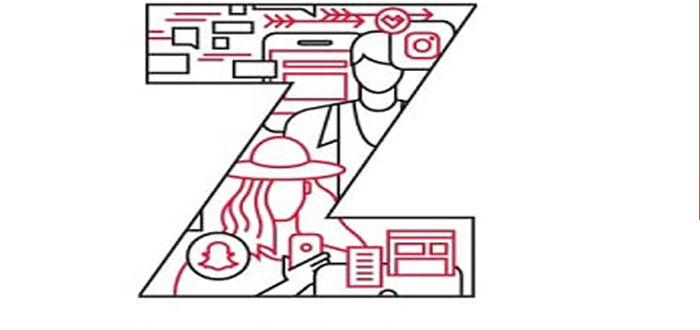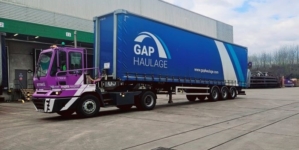-
Nutrivend selects Forterro’s Orderwise to support online expansion and streamline operations - April 11, 2025
-
ARROWXL LAUNCHES AMBITIOUS ZERO WASTE ROADMAP - April 8, 2025
-
THE BCMPA’S NEW CAMPAIGN DRIVES OUTSOURCING SUCCESS IN Q1 - April 7, 2025
-
BLACKOUT TECHNOLOGIES TARGETS TELEMATICS-INTEGRATED MOBILE DEVICE BLOCKING TO COMBAT SMARTPHONE DISTRACTION - April 1, 2025
-
OpenADR Alliance announces first OpenADR 3.0 certified products with EVoke Systems, E.ON Energy and Universal Devices - March 25, 2025
-
Growing fulfilment and contract packer appoints new Managing Director - March 25, 2025
-
When is it time to invest in a WMS? Understanding the key trigger points - March 25, 2025
-
eCapital helps Vantage Recruitment on its journey to financial success - March 24, 2025
-
Hugo Beck Celebrates 70 Years of Packaging Innovation with Open House Events - March 20, 2025
-
PROLOG FULFILMENT SUPPORTS LUNA DAILY’S COMMITMENT TO BETTER BODY CARE FOR ALL WOMEN - March 19, 2025
The Workforce’s Newest Members: Generation Z
If there’s one thing that is constant, it’s change: It’s an old saying. And that applies to the workplace and the workforce, too. Take generational change in your employee base, for example. Different generations exhibit different characteristics, and the world events that influenced one group of people may not be the same that influences another.
A lot of eyes are turned expectedly toward Generation Z. That’s the group of people that was born in the late 1990s to about 2010. They’re unique in several ways, most notable of which is their technological prowess. This group, which is about one-quarter of the population, is incredibly diverse—so much so that about half of them identify as non-white.
While some of those traits might make you think they are optimistic, this generation was actually quite influenced by the great recession. So how does that collection of traits mean for the workplace? This graphic explains it.


































